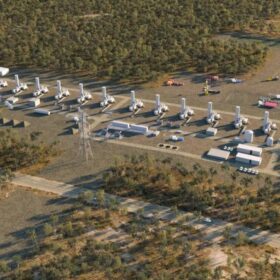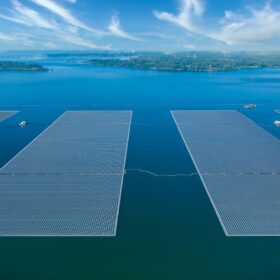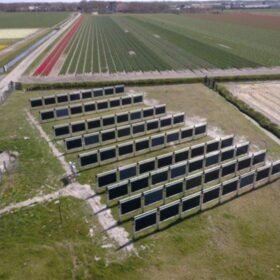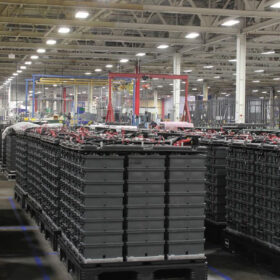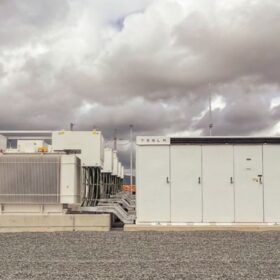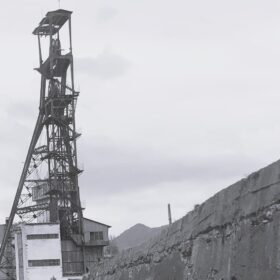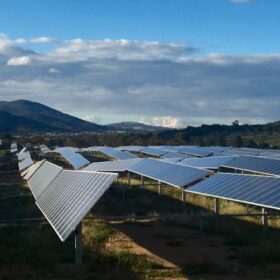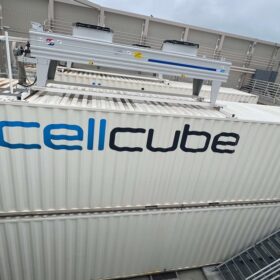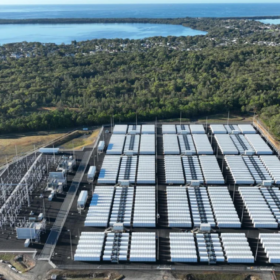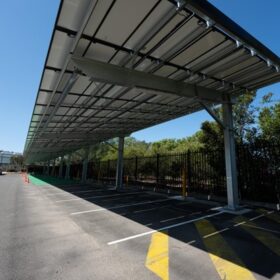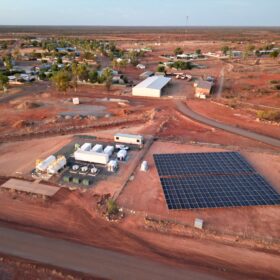CS Energy pens supply agreement for ‘hydrogen ready’ power plant
CS Energy has signed an agreement with United States-headquartered GE Vernova for the supply of key equipment for Queensland’s first “hydrogen-ready” gas peaking power plant which will initially be capable of operating on 35% renewable hydrogen.
Global battery giant boosts share in WA lithium explorer
Australian lithium explorer St George Mining’s critical minerals strategy has received a significant boost with global battery industry giant Shanghai Jayson New Energy Materials tipping a further $3 million into the Perth-based company.
Indonesia plans expansion as floating solar plant launched
Indonesia has officially launched the largest floating solar farm in southeast Asia and already the proponents have agreed to more than triple the capacity of the 145 MW project as the nation looks to increase its renewable energy sources and switch away from coal.
Researchers shed light on mysterious, higher energy yields in vertical PV systems
Scientists in the Netherlands have sought to understand the reason for unexpected gains in vertical PV systems and found that these installations have a much higher heat transfer coefficient than their horizontally deployed counterparts.
Weekend read: BESS lessons learned
Taking a rigorous approach to inspection is crucial across the energy storage supply chain. Chi Zhang and George Touloupas, of Clean Energy Associates, explore common manufacturing defects in battery energy storage systems (BESS) and how quality-assurance regimes can detect them.
Genex gets green for full commercial operations at 100 MWh Bouldercombe battery
Queensland’s second large-scale battery energy storage system has received approval to immediately commence full commercial operations after Genex Power successfully completed the commissioning of its 50 MW/100 MWh Bouldercombe Battery Project.
Feasibility-first value selling – a turbocharger for commercial installer growth
A ‘Feasibility First Value Selling’ can transform solar sales processes, James Allston of Orkestra argues.
Green Gravity signs deal to roll out energy storage tech in Romania
Australian energy storage startup Green Gravity will explore opportunities to deploy its gravitational energy storage technology in Europe after inking an agreement with the Romanian state-owned energy company Complexul Energetic Valea Jiului SA.
CleanPeak continues growth in utility scale solar sector
Australian commercial solar outfit CleanPeak Energy has expanded its utility-scale PV portfolio with the acquisition of three operating solar farms with a combined capacity of 14.3 MW in Western Australia and the Australian Capital Territory.
Solar-plus-storage outperforms diesel in US military survival analysis
The US Department of Energy’s National Renewable Energy Laboratory (NREL) has determined that Antora Energy’s solar-plus-storage system meets the US military’s stringent standards, as it significantly outperforms emergency diesel generators in survivability probabilities.
